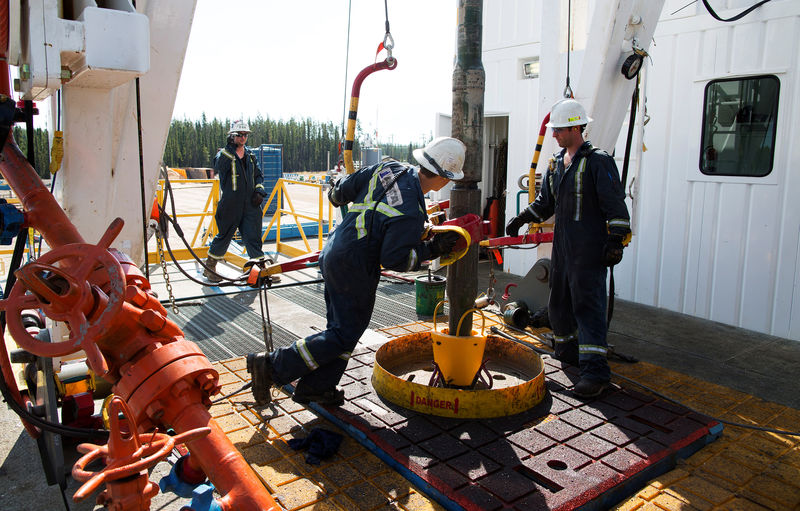Investing.com — Oil prices rose Tuesday, as the expectation of rising U.S. demand during the summer driving season as well as tight supply conditions overshadowed U.S. debt ceiling uncertainty.
By 09:40 ET (13:40 GMT), futures traded 0.9% higher at $72.71 a barrel, while the contract rose 0.8% to $76.59 a barrel.
The crude market has benefited this week from the expectation of a seasonal rise in gasoline demand ahead of the Memorial Day holiday which traditionally marks the start of the peak summer demand season in the U.S., the largest consumer in the world.
This has helped the market overlook the lack of agreement to lift the U.S. debt ceiling, with U.S. Treasury Secretary warning that it was now “highly likely” the government would run out of sufficient cash in early June.
A U.S. debt default would likely plunge the global economy into recession, severely impacting economic activity and thus the demand for crude.
Also helping the market Tuesday were comments from Saudi Arabian Energy Minister Prince Abdulaziz bin Salman that short sellers should “watch out” ahead of next month’s meeting of the Organization of Petroleum Exporting Countries and allies.
Saudi Arabia is the de facto leader of the OPEC+ cartel that surprised the markets last month with a production cut, which took effect at the start of this month.
“Positioning data shows that there is still a sizable gross short in ICE Brent, however, these shorts will want to be careful as we approach the next OPEC+ meeting, which is scheduled for 4 June,” said analysts at ING, in a note.
“OPEC+ have surprised the market a couple of times recently, so market participants may be reluctant to carry too much risk into this meeting.”
These short positions have been placed as a number of senior central banks, and the U.S. Federal Reserve in particular, hiked interest rates to combat hike levels of , cramping future economic activity at a number of the globe’s major consumers.
Comments from a number of Fed speakers this week have increased the possibility that U.S. interest rates will stay higher for longer, pressuring economic activity.
Read the full article here








